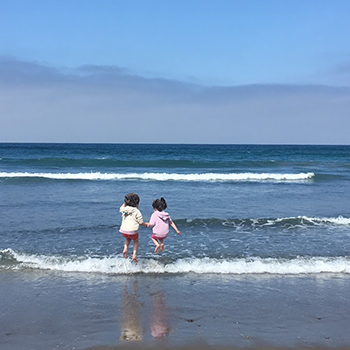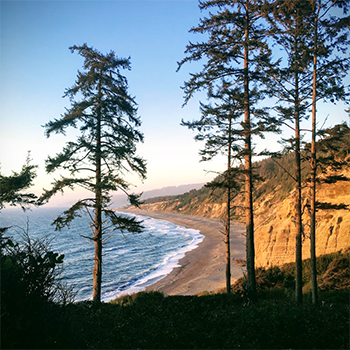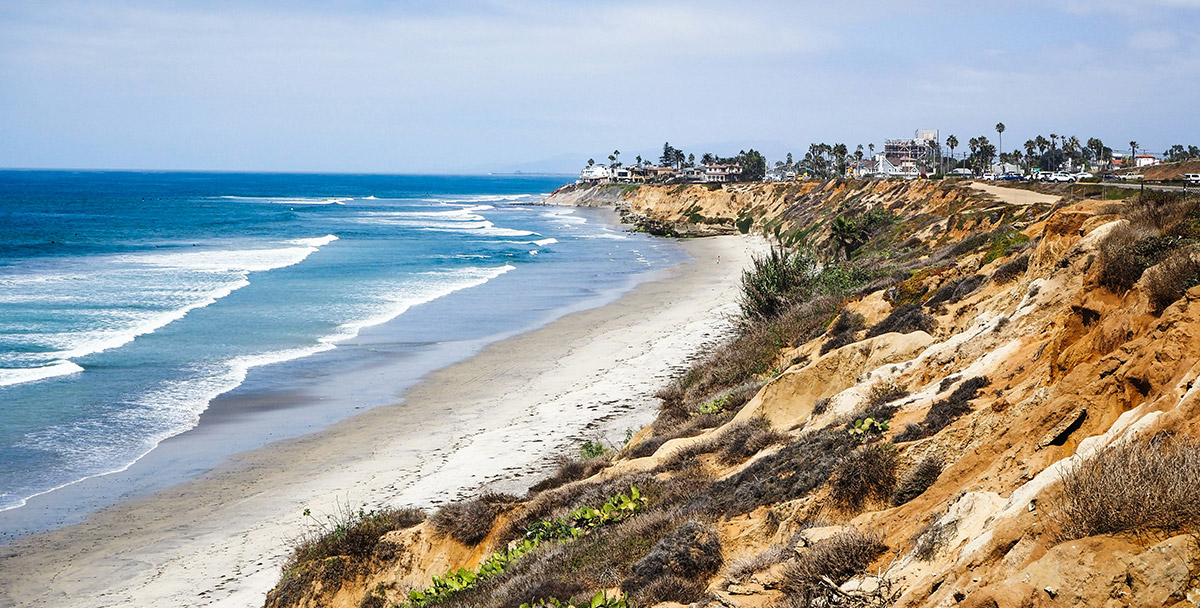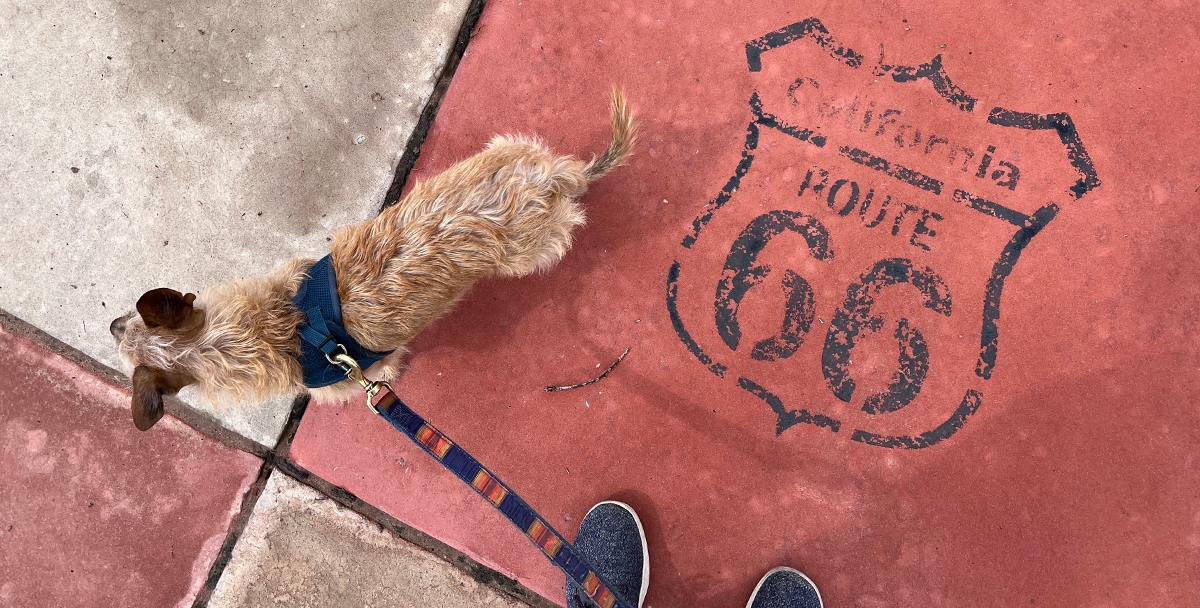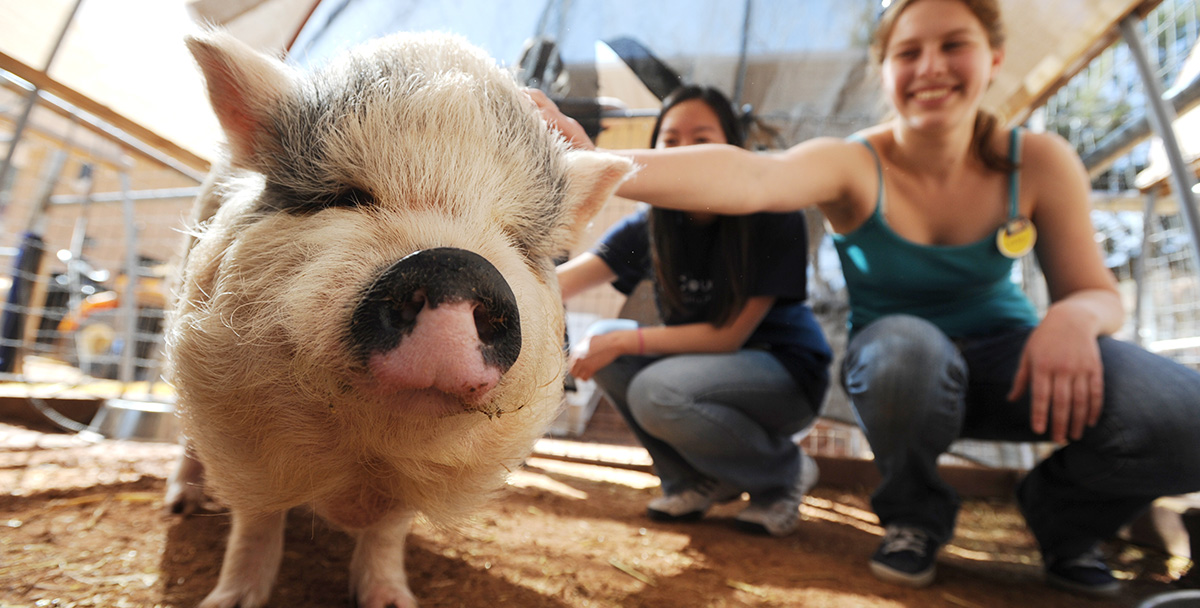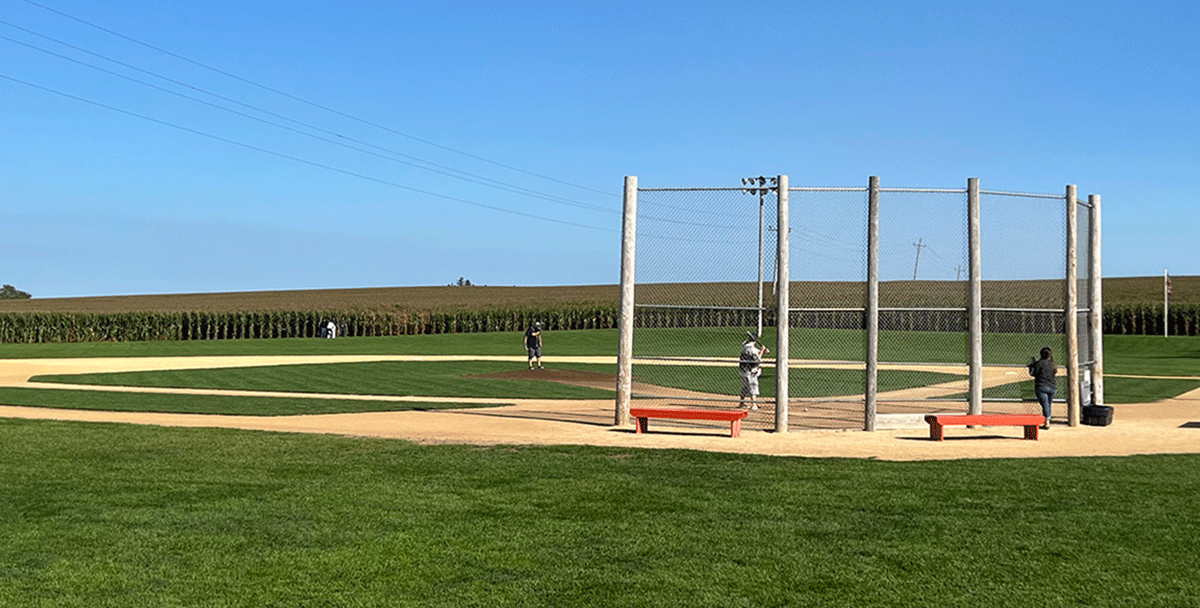“We’re visiting all 251 towns in Vermont.”
Last summer, my husband, Jon, and I agreed we wanted to amp up our efforts to explore more of the world – starting with our little corner of it. A friend had told me about The 251 Club of Vermont, an organization of people aiming to visit all 251 towns and cities in the state that we call home with our sons, Julian (now 12) and Kai (now 10). It seemed a great framework for travel: a series of weekend road trips we could make work with limited vacation days and a modest budget.
You can join the club for $20 for the first year with a renewal rate of $10, which includes a progress tracker on The 251 Club website. As for completing the mission, it’s up to you to choose your own adventure.
“We’ve had people who have searched for a geocache in every town, hit a golf ball in every town, searched for wildflowers and butterflies, or visited covered bridges and/or historic sites along the way,” says Sandy Levesque, former executive director of The 251 Club.
“Two of the most memorable: putting a canoe down in a body of water in every town and completing the quest with Silver Annie, a vintage car.” For us, I decided that doing at least one activity – big or small – in each location counted.
We kicked things off with a few days in Woodstock, a historic town about 90 miles southeast of where we live. We reported straight to Billings Farm & Museum, one of Woodstock’s main attractions, where we circled a sunflower maze and visited chickens, goats and an affectionate crew of Jersey calves. From there, knowing the boys would appreciate the pool and game rooms, we checked in at 506 On The River Inn. It was tough to tear them away from swimming, but I had to visit the beloved Woodstock Farmers’ Market, where we stocked up for a hotel picnic.
On Sunday, Kai and I toured the mansion at Marsh-Billings-Rockefeller National Historical Park, while Jon, Julian and our dog explored the trails. When we reconvened, we hopped in the car for a trip to Worthy Burger in South Royalton (our second 251 milestone!), a half-hour away. The juicy burgers and spacious beer garden were well worth the drive.
We returned to Woodstock to hike Mount Tom’s South Peak, practically sprinting up the carriage trails to the pinnacle, which offered a full view of Woodstock village. By then, it was almost 4 p.m. To hit our “must-see” shops downtown – general store F.H. Gillingham & Sons (family run since 1886) and the Yankee Bookshop – we needed to hustle down a steep shortcut. We made it in time.
The next morning, we meandered in the name of our 251 game. We pulled over to admire a lake in Barnard (check), stopped for creemees (Vermont lingo for soft serve cones) in Bethel (check) and strayed off the highway in Northfield (check) for a field trip to Carrier Roasting Company, where my favorite coffee beans are roasted.
Fitting in more 251 towns is an ongoing effort. We now have lists of peaks to hike, covered bridges to cross and bookstores worth driving out of our way for, all in the interest of discovering something new – which seems to motivate me and Jon more than the kids. They’re just in it for the creemees.
– Nicci Micco
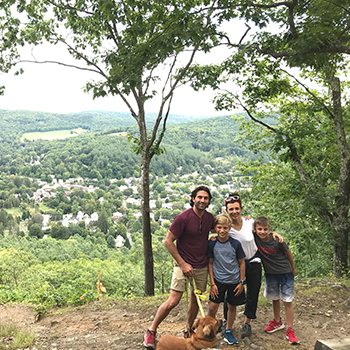
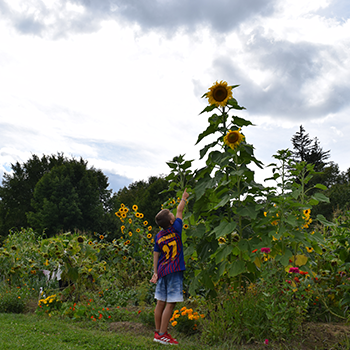
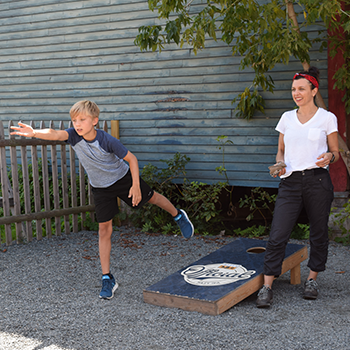
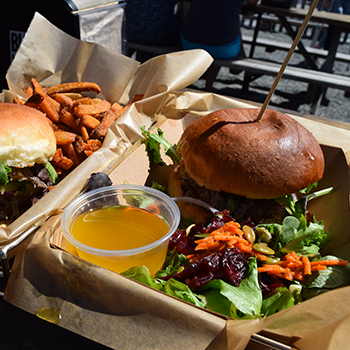
“I’m visiting every national park unit in the United States.”
“I want to get there before 6 a.m.,” I tell my dad over the phone from Pahrump, Nevada, the night before I’m due to visit Death Valley National Park. The park, a sprawling 3.4 million acres straddling the California/Nevada border, is one of the hottest places on Earth. An early start means I’ll beat the worst of the heat.
I took a month off from my job to work on what has become a continuing quest: to see every national park unit in the United States. That doesn’t just mean the 61 national parks. No, I want to see all 419 sites overseen by the National Park Service. Driving from New Jersey to Death Valley is a way to cross another of the big guys off my list, while also seeing places such as Hopewell Culture National Historical Park in Ohio, Tallgrass Prairie National Preserve in Kansas and Lake Mead National Recreation Area in Nevada.
At each stop, I get a stamp in my national park passport, which I bought for $9.95 in Cuyahoga Valley National Park in Ohio on a road trip in 2017. The small blue book has provided me with a list of places to stop on road trips ever since. As of writing this piece, I’ve seen 117 of the 419 units.
It’s been a way to get a full view of our vast country. I’ve drunk in the grandeur of the Grand Tetons, clenched my insides at the top of the 630-foot-tall St. Louis Gateway Arch and run to the peak of Cadillac Mountain in Arcadia National Park in Maine.
I’ve also felt informed and fulfilled by smaller monuments and seashores and battlefields, which are rarely crowded and almost always free. At the Weir Farm National Historic Site in Connecticut, the home of American impressionist Julian Alden Weir, I learned more about painting than I ever thought I’d know.
In Death Valley, when I exit my car to take a selfie, the heat presses down on my head and shoulders and sucks sweat out of every pore. It hits a top temperature of 107 later in the day.
I only get out two more times: to refill my water bottles at a visitor center and to walk 10 steps out onto the Badwater Basin, the lowest point and the hottest spot in North America. Each year in July, about 100 people attempt to run a 135-mile ultramarathon there. I’ve run two ultramarathons, but not this one. I know my limits.
I call my dad again when I get to my hotel in Los Angeles that night. “After all that driving, was it worth it?” he asks.
“Absolutely,” I reply – the same feeling I have about every stamp I’ve gotten along the way.
– Jen A. Miller
“I drive to hot dog stands around the country.”
Most Chicago tourists go to the Art Institute or maybe take in a game at Wrigley Field. My girlfriend, Sam, and I do something a little different on her first trip to the city: We drive 23 miles into the suburbs to my favorite hot dog stand.
Luckily, Sam doesn’t break up with me or even roll her eyes. She knows I’m a hot dog fanatic. Taking her to Dear Franks in my hometown of Deerfield, Illinois, is as important to me as showing her my childhood home. More important, I guess, because I take her for the hot dog first.
Dear Franks is a hole in the wall that smells like fried grease, and growing up, I went there hundreds of times – after softball games, as a reward for good grades and just because. This was my Cheers, where everybody knew my name and my order: two hot dogs (Vienna® beef, no ketchup) and cheddar fries.
My passion for Dear Franks led me to seek out other iconic hot dog stands in the Chicago area. I love the fun names: Fluky’s, Wiener’s Circle, Hot Doug’s (sadly now closed). I also love the signs: Superdawg® has hot dog statues named after owners Maurie and Flaurie, while Wolfy’s pierces the night sky with a giant lit-up fork. I love it all.
Whenever I travel, I hunt for hot dogs. In doing so, I’ve learned the fierce regional loyalties around prep and toppings. There are Coney Island-style chili dogs with tiny chopped onions in Detroit, Polish Boys (kielbasa covered with french fries, slaw and hot sauce) in Cleveland, and Jersey Rippers, which split open after being plopped into a deep fryer. But my adventures are just as much about the stands themselves. Hot dog shops, often small and family-owned with rich histories, are some of the most charming places in the world.
In Maine, I found the marvelous Flo’s in Cape Neddick. At this red shack, an institution since 1959, you order your dog (steamed, with celery salt, tangy mayo, and onion and molasses relish) with your head nearly scraping the low ceiling, then wolf it down at a picnic table outside.
Half the fun at Pink’s in LA is watching celebrities use the valet service, then stand in line for an eternity alongside you. At Crif Dogs® in NYC, there’s a phone booth that leads into a secret bar.
A dream I have is taking a year off and driving across the nation scarfing down hot dogs. I’d park at the world’s largest hot dog drive-in at The Varsity® in Atlanta, inhale some half-smokes at historic Ben’s Chili Bowl in Washington D.C., and hang with NASCAR®1 fans at Virginia’s Martinsville Speedway™, renowned for selling about 50,000 $2 hot dogs to fans, pit crews and drivers during races.
I hope to have Sam by my side on my fantasy road trip. I think I will. At Dear Franks, I order her a Chicago dog “dragged through the garden,” which means topped with mustard, onion, bright green relish, tomatoes, peppers, celery salt and a pickle spear. She takes a bite, smiles and nods her head in approval. I’m a lucky dog.
– Dibs Baer
1 NASCAR® and its marks are trademarks of the National Association for Stock Car Auto Racing, Inc.



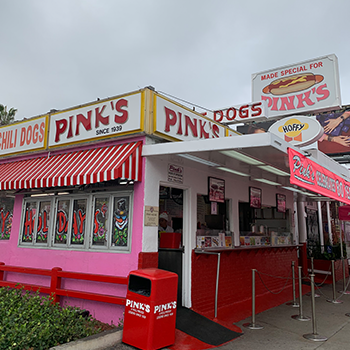
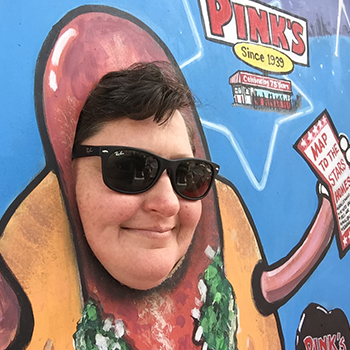
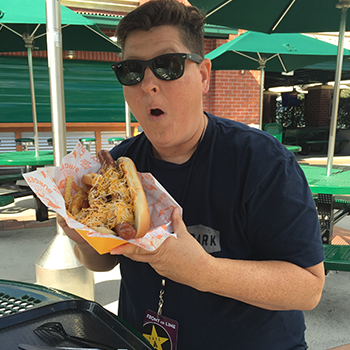
“I’m running a full or half marathon in every state.”
Tongue River Canyon cuts through the Bighorn Mountains in northern Wyoming, ushering runners of the Bighorn Trail Run through a landscape of wildflowers, distant peaks and rushing snowmelt.
In June 2014, I was one of those runners, 20 miles into a grueling trail race and feeling it. With 12 miles left, I was still far from the finish line and every part of my body was asking for a break.
I chose to listen and stopped for a moment to enjoy the scenery. Save for the dirt path that snaked ahead, it was untouched by civilization, literally in the middle of nowhere. I was briefly able to ignore the voice chastising me for not training enough and to simply enjoy where I was.
If it weren’t for my quest to run a marathon or other long races in all 50 states, I would never have seen the beauty of those trails. I created my race checklist just months after finishing my first marathon in Chicago in 2009. Sitting 9-to-5 at a job that didn’t inspire me, I had found an unexpected purpose in running. So, I thought, How can I top this?
I began to think about my other passion: travel. What if I ran a marathon in each state? It would be a way to see more of the world and keep me logging miles. I started researching races across the country.
This crazy plan has taken me to 47 states so far, and I’ve run at least a half marathon in all of them. I’ve also tried unforgettable barbecue at Joe’s Kansas City after the Garmin Marathon; gazed in awe at the Crazy Horse Memorial®, the perennial work in progress, before starting its titular marathon in South Dakota; and indulged my inner child by running through four theme parks at the Walt Disney World® Marathon in Florida.
But my running journey wouldn’t be nearly as rewarding without the people who have joined me. After limping through the last 11 miles of Wyoming’s Sylvan Pass, I met a group of my friends at the finish line. They had all chosen to run the Bighorn Trail Run with me to be a part of my story.
I watched as my cousin trained for months to run the 2010 Go! St. Louis® Half Marathon with me; paced a four-hour marathon group with a friend from Chicago at the 2013 Leavenworth Marathon in Washington state; and reconnected with my best friend from middle school at the 2015 Lost Dutchman Marathon in Arizona.
Since starting my race checklist, I’ve gotten married, found a rewarding career in marketing and stopped just shy of the finish line at the 2019 Colorado Marathon to kiss my 3-month-old son on the forehead. My life is much different now than it was in 2009, with many new priorities to consider when scheduling the next marathon. But I look at my map with West Virginia, Hawaii and Alaska still asking for their own adventures, and I know I have some family trips to plan.
– Dan Solera
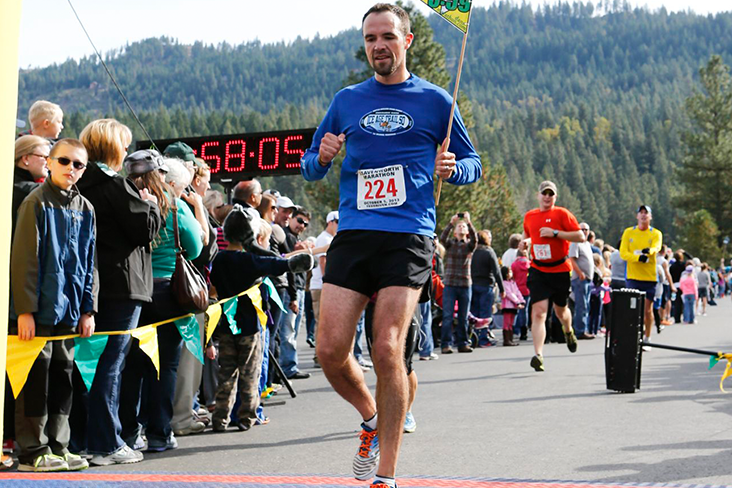
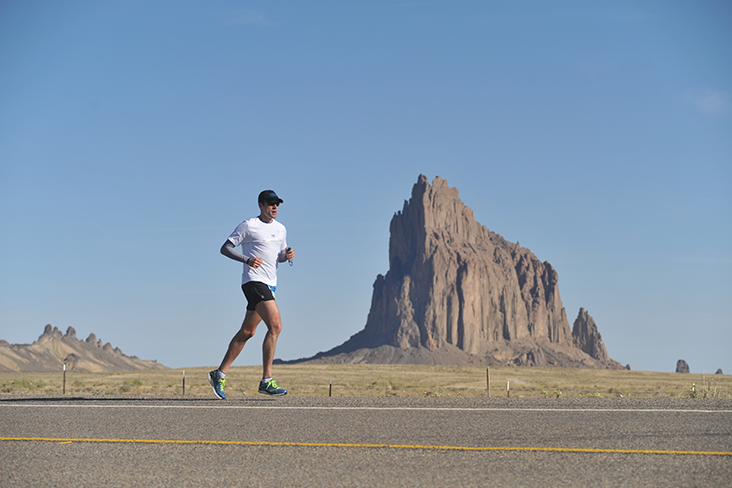
“I’m obsessed with Elvis landmarks.”
America doesn’t have a monarchy, but we’ve certainly had a king: Elvis Presley. I was a toddler when he passed, but his presence lived on, whether through Saturday afternoon airings of his old movies on network TV, tabloid covers proclaiming sightings across the country, or his raw rockabilly and ’70s operatic sound coming off the radio station. So, when it was time for a cross-country road trip with my college roommate between our junior and senior years, we decided on Elvis as the theme.
We arrived at Graceland with kitsch on the brain, but the house tour brought us empathy toward the actual man, his accomplishments and his struggles. We followed the ghost of Elvis around town with a visit to Sun Studio – where he’d recorded his first song – and to Elvis Presley’s Memphis entertainment complex and the Beauty Shop restaurant, formerly a beauty parlor that had done up Priscilla, the singer’s wife at the time, during her beehive days.
As we trekked across the country to Elvis’ Top Ten Hits on double cassette, Presley’s spirit continued to guide us. In Los Angeles, we rode past his former Beverly Hills home and saw his star on the Hollywood Walk of Fame on the anniversary of his death.
On the way home, the Elvis Is Alive Museum in Wright City, Missouri (now closed), was unforgettable, particularly for its conspiracy theories – claiming that the Lisa Marie we all know and love is a decoy for the real Lisa, who’s living a modest and private life in Germany.
Years later, when another friend got the road trip itch, I planned an immersive Elvis experience. The first stop was Tupelo, Mississippi, to see the shotgun shack where the singer was born; have a burger at Johnnie’s Drive-in, the old-school fast-food joint where the little King liked to hang out; and drive past Lawhon Elementary School, where he spent his princely years.
We detoured to Nashville to check out Ryman Auditorium, where Elvis had given one of his first performances. Then it was on to Graceland, where we stayed across the street at the Heartbreak Hotel (since torn down to build The Guest House at Graceland), toured Elvis’ airplanes and sought out his alma mater, Humes High.
My third trip to Graceland was a surprise for my then-boyfriend, who shared a January 8 birthday with the King. After Graceland, we went to Lauderdale Courts, the housing project Elvis and his family had lived in during his high school years. We popped by Lansky Bros., the designers who’d dressed Elvis in his sharp style, where we serendipitously chatted with the Clothier to the King™, Bernard Lansky, who died in 2012.
I never intended to log so many Elvis-themed miles. It was a goof, a way to bond with my roommate and plan some purposeful stops during a long car trip. But I’ve discovered that seeing America through the lens of Elvis has also been a way to break the ice with people all around the country. Elvis has given me a reason to talk to people, to hear their stories and laugh with them.
Years ago, a friend got me a vintage T-shirt that read “Elvis is my co-pilot,” and that sentiment turned out to be true.
– Tara Cox

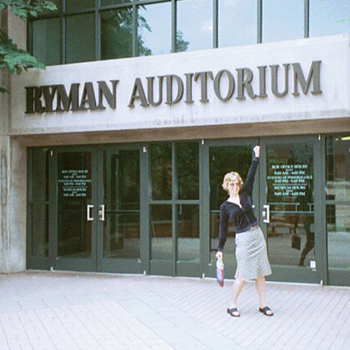
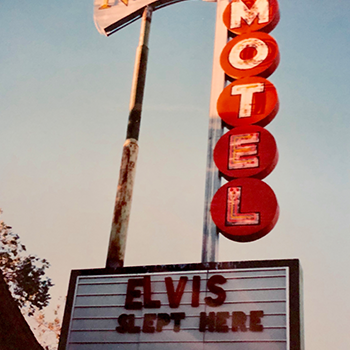
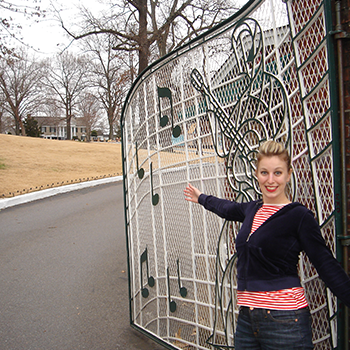
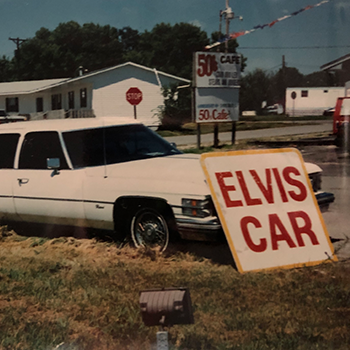
“I’m showing my kids my favorite childhood spots.”
Last spring, my husband and I did something our friends and family thought was crazy: We went on an 11-day, 2,400-mile road trip with our two little girls, then aged 4 and 7. A trip like this had been on my mind for a couple of years. I wanted to show my daughters – who we’re raising in Portland, Oregon – more about where I had grown up, California.
My roots in the state run deep. My great-great-great-grandfather migrated west from Maine during the gold rush and became sheriff of Santa Cruz County just 15 years after the United States had acquired California from Mexico; my great-grandfather survived the 1906 San Francisco earthquake when he was just 8 years old; and my mom and her sisters were at Disneyland® on the day it opened in 1955. The plan for this trip: I’d make a list of destinations that were important to my history, and we’d check them off one by one.
Our first big stop was the giant redwoods in Northern California. My husband and I had hiked in the redwoods when we were first dating. My tree-hugger kids (literally, they hug the trees in our neighborhood) were amazed and sure they’d spotted some forest fairies in the mossy, ferny undergrowth.
After that, we headed to the coast and hiked to Patrick’s Point State Park for what felt like a 270-degree view of the ocean. That’s when my daughters observed their first dolphins. I’d seen those sleek, dark dorsal fins hundreds of times growing up, but watching through my girls’ eyes was magical. Next was a picnic lunch in San Francisco with a view of the Golden Gate Bridge, a modern wonder my grandmother had watched being built in the 1930s.
I also showed the kids Morro Rock, a monolith and bird sanctuary in the sand on the central California coast, which I’d first visited while doing interviews for a collegiate journalism competition. About five hours later, we pulled into San Onofre State Beach, a place my family had camped at several times when I was a kid. My dad, his wife and my teenage half sisters, who still live nearby, were waiting there for us with a campfire already roaring.
Then, the finale: three days at Disneyland. Just about every person who grew up in Southern California has a soft spot for “the happiest place on Earth,” and I’m no exception. I remember going there in the eighth grade with my church youth group, including the boy I had a crush on, and a few years later watching P.M. Dawn play in Tomorrowland at my high school’s grad night. Of course I thought about my mother, who was just 5 when she’d attended on opening day.
I couldn’t wait to pop mouse ears on my kiddos, feed them churros and let them get sick riding the spinning teacups. They loved every minute of it, and so did I.
– Sunny Sea Gold
